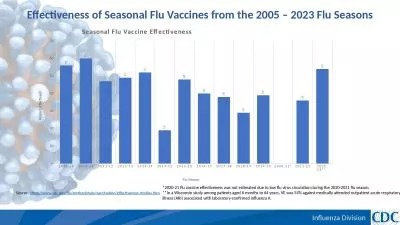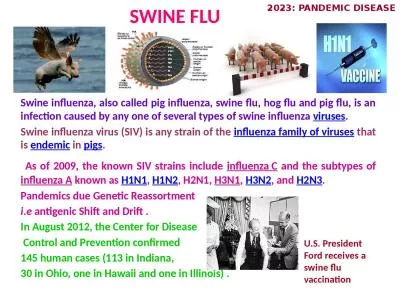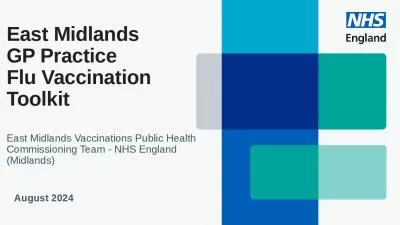PPT-Childhood Flu Immunisation Programme
Author : GymRat | Published Date : 2022-08-03
201314 Pilot Feedback Contents Background Pilots Summary of areas participating models and uptake achieved Key messages from the primary school pilot areas Key
Presentation Embed Code
Download Presentation
Download Presentation The PPT/PDF document "Childhood Flu Immunisation Programme" is the property of its rightful owner. Permission is granted to download and print the materials on this website for personal, non-commercial use only, and to display it on your personal computer provided you do not modify the materials and that you retain all copyright notices contained in the materials. By downloading content from our website, you accept the terms of this agreement.
Childhood Flu Immunisation Programme: Transcript
Download Rules Of Document
"Childhood Flu Immunisation Programme"The content belongs to its owner. You may download and print it for personal use, without modification, and keep all copyright notices. By downloading, you agree to these terms.
Related Documents

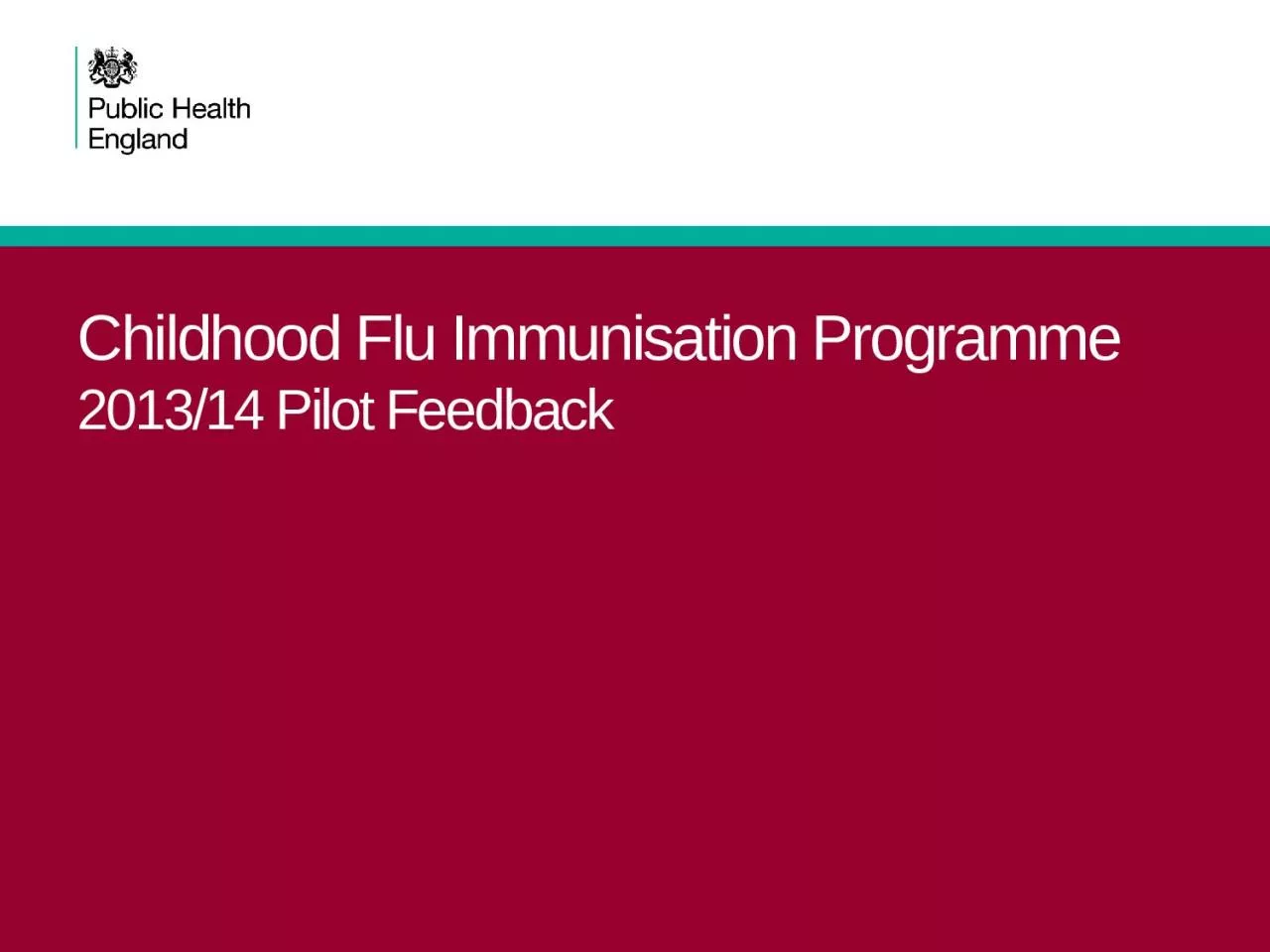
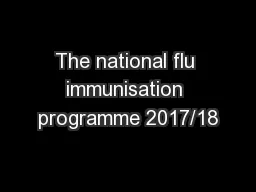
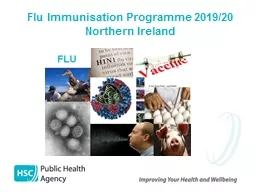
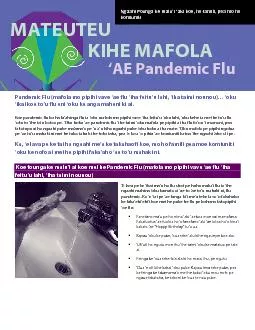
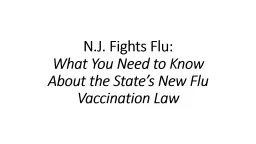

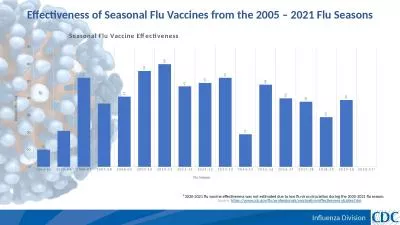
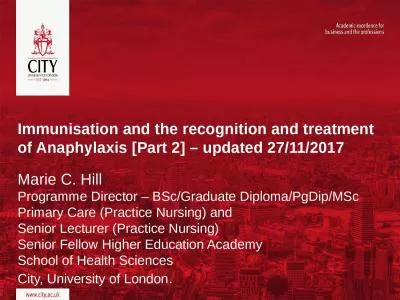
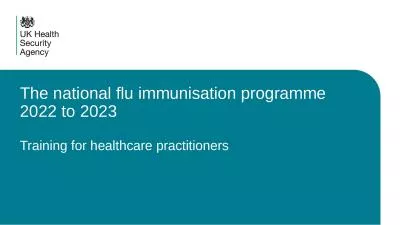
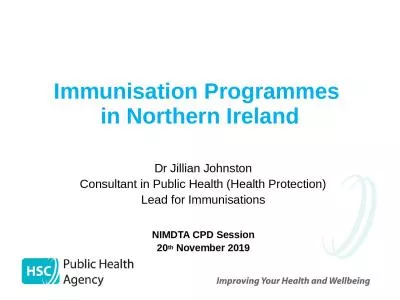
![Immunisation, vaccination and anaphylaxis [Part 1]](https://thumbs.docslides.com/1044863/immunisation-vaccination-and-anaphylaxis-part-1.jpg)
